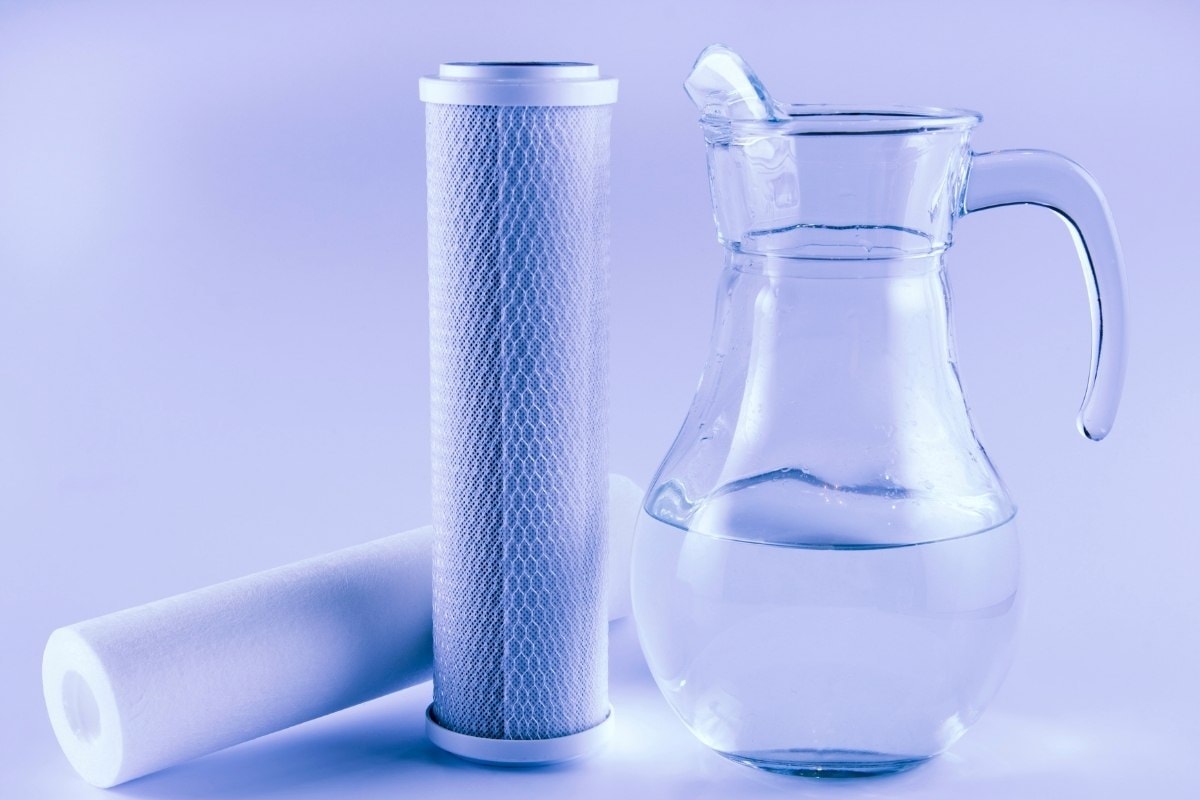If you have ever stopped to take a look at the bottled water sold on most supermarket shelves, you probably found yourself quickly overwhelmed by all the different descriptions. After all, you have the option to choose between spring water, purified water, distilled water, and a huge range of other options. You may find yourself wondering whether any of these differences even matter. After all, water is water, right?
The truth is that even something as simple as water can have a wide range of health promoting or endangering properties, depending on its source and its level of certain contaminants. While both purified and distilled water are unlikely to contain heavy metals or similar substances, they still aren’t nutritionally the same. Here’s a look at distilled water vs. purified water to help you make an informed decision.
Distilled Water
Distillation is a process by which all minerals, bacteria, heavy metals and other substances can be removed from water. All that’s left is pure H20. That’s because distillation relies on evaporating the water, usually via boiling. Everything that can’t evaporate is left behind. The water vapor, or steam, is then directed through a tube into a cooler container. The lower temperature in this container causes the water vapor to condense, leaving behind pure, distilled water.
This kind of water is ideal for use in industrial systems where mineral deposits can gum up the works. It may be less appropriate for consumption by human beings, however. The lack of natural minerals reduces the nutritional value of distilled water and gives it a flat, lifeless taste.
Purified Water
Purification of water technically includes the distillation process, but it’s more likely to refer to mechanical filtration and chemical processing. The many different options available mean that the term “purified water” can have many different meanings.
Technically, the water from your municipal supply has been purified, but it’s not the same as the water that comes out of a Tyent water filter and is ionized. The difference between the two could have a significant effect on your health. Here are a few of the most common water purification techniques.
Chemical Treatment
Treating water with chemicals helps kill bacteria and other dangerous micro-organisms, but it can leave an unpleasant taste in the finished product. It may also produce health problems in people who are sensitive to the chemicals used. Most chemically purified water uses either chlorine or iodine to destroy germs, fungi, and other organisms.
Mechanical Filtration
This technique uses filtration materials such as carbon powder and ceramic to remove all the physical contaminants from the water. These include heavy metals, dirt, large particulate matter, and rust. The best mechanical filtration allows important minerals to stay in the water, providing a source of good nutrition.
Biological Filtration
Biological filters include activated carbon and slow sand filters. Slow sand techniques are usually meant for mass treatment and are most common in relatively primitive conditions. The sand provides an element of mechanical filtration while beneficial organisms in the sand remove other dangerous materials. Biologically activated carbon filters are faster and are more commonly used in home settings. The carbon can remove chlorine, bacteria, and other undesirable materials that a mechanical filter won’t handle, producing clearer, healthier water.
When the question of distilled water vs. purified water comes up, purified drinking water tends to win. However, the benefit of this purified water depends heavily on the method of purification that has been used. City water processing plants simply don’t produce the same results as a Tyent home water filter and ionizer, which combines several different filtration techniques to produce clear, healthy, great-tasting alkaline water that you can rely on.









